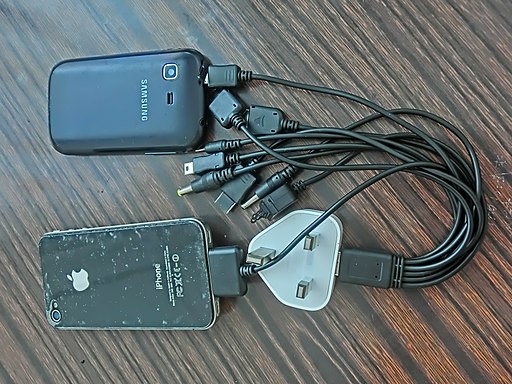
If I gave you a million dollars to invent a better mousetrap, and told you that if you succeeded you could keep any and all profits associated with the invention, you’d probably consider that a pretty good deal.
But if I gave your neighbor Bob a million dollars of YOUR money to invent that mousetrap, on the same conditions, you’d probably take issue with the idea.
Even if you were interested in investing in mousetrap innovation, you’d probably want a return on your investment.
And even if I described Bob’s enterprise as a “non-profit,” you’d likely at least want the better mousetrap design made freely available for anyone to use, instead of enriching Bob above and beyond whatever stipend he paid himself while working on the invention.
If the hypothetical Bob above is a tax-funded university, though, you’d just be out of luck. Billions of dollars of government research funding goes to universities every year, but once the research produces results, those universities often take the resulting profits for themselves rather than refunding even the original startup money to taxpayers.
An example from my own neck of the woods:
In 2020, the University of Florida knocked down more than $900 million in research funding, up 45% from 2011. Nearly $640 million of that funding came from federal government grants and another $43 million from state and local governments.
The university’s research foundation also received 140 patents on the products of that research and signed a record 132 licenses and options on its “intellectual property.” It claims around half a billion dollars in license revenues from 2008-18.
Why should taxpayers fund research just so that taxpayer-funded institutions can keep the money for themselves … and keep demanding more money for more research?
And what’s the additional “social cost” of funding research, then letting the results be trapped in patent protection rather than put in the public domain?
Suppose the US government spends a billion dollars funding research into a cure for cancer, and such a cure is found.
Hooray! Cancer is cured!
Except that the university where it was developed won’t just release the recipe so that any drug maker can turn out the cure for a dollar a pill. They’ll patent the recipe, then license it exclusively to one drug maker, who will sell it for $5,000 a pill.
The university picks your pocket on the front end, Big Pharma mugs you at gunpoint on the back end.
If we’re going to tolerate the fiction of “intellectual property” in inventions — really just a state-granted monopoly on ideas to the first persons to fill out some paperwork — we should at least insist that tax-funded research results be treated as “works for hire,” and that we, not our employees, be considered their “owners.”
Thomas L. Knapp (Twitter: @thomaslknapp) is director and senior news analyst at the William Lloyd Garrison Center for Libertarian Advocacy Journalism (thegarrisoncenter.org). He lives and works in north central Florida.
PUBLICATION/CITATION HISTORY


